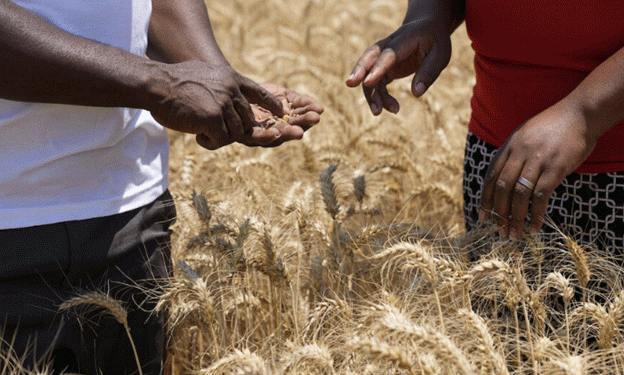As climate challenges mount globally, governments are focusing on increasing food security and agricultural resilience. In Zimbabwe, the 2024/2025 Summer Season Plan sets an ambitious goal of producing 3.3 million metric tonnes (MT) of cereals, a dramatic 347% increase compared to the previous season’s 744,271 MT. Total crop production is targeted to exceed 4 million MT, a transformative leap for the nation.
Challenges: An El Niño-Induced Dry Spell
The 2023/2024 agricultural season was marred by an El Niño-induced drought, a phenomenon known to cause irregular rainfall and reduce crop yields worldwide. As a result:
- Zimbabwe’s cereal production dropped to 744,271 MT.
- The Strategic Grain Reserve stocks were limited to 245,052 MT of wheat, maize, and traditional grains.
This year’s improved seasonal forecast of normal to above-normal rainfall presents a critical opportunity for recovery.
Government Measures to Meet Targets
The government has introduced robust strategies to overcome the drought’s impacts and boost production:
- Presidential Input Schemes:
- Over 746,238 hectares of maize have been planted under government support programs, reaching 41.5% of the target.
- Nearly 117% of the targeted 9 million plots have been prepared by 116% of the 3 million rural households.
- Enhanced Farmer Support Programs:
- Distribution of drought-resistant seeds and inputs to smallholder farmers.
- Expansion of irrigation infrastructure to mitigate rainfall variability.
- AGRITEX Advisories:
- Farmers are urged to rely on localized agronomic advisories to maximize yields under unpredictable weather conditions.
Broader Context: Regional and Global Comparisons
Zimbabwe’s cereal production target aligns with global calls for food system transformation in response to climate change. For instance:
- In Africa, droughts have caused cereal production declines of up to 30% in severely affected areas, according to FAO data.
- Countries like Ethiopia and Kenya are also heavily investing in drought mitigation and irrigation expansion to boost production.
Sustainability Through Diversification
While cereals dominate the plan, the government has also emphasized increasing pulses production to 819,500 MT, reinforcing the importance of crop diversification for nutrition and resilience.
Zimbabwe’s 2024/2025 agricultural targets reflect the country’s commitment to addressing food security challenges head-on. By leveraging improved rainfall forecasts, farmer support programs, and agronomic expertise, the government seeks to build a resilient agricultural sector capable of weathering climate variability. Achieving this ambitious goal will require coordinated efforts among policymakers, farmers, and scientists, but the stakes—ensuring national food security—could not be higher.
Error





